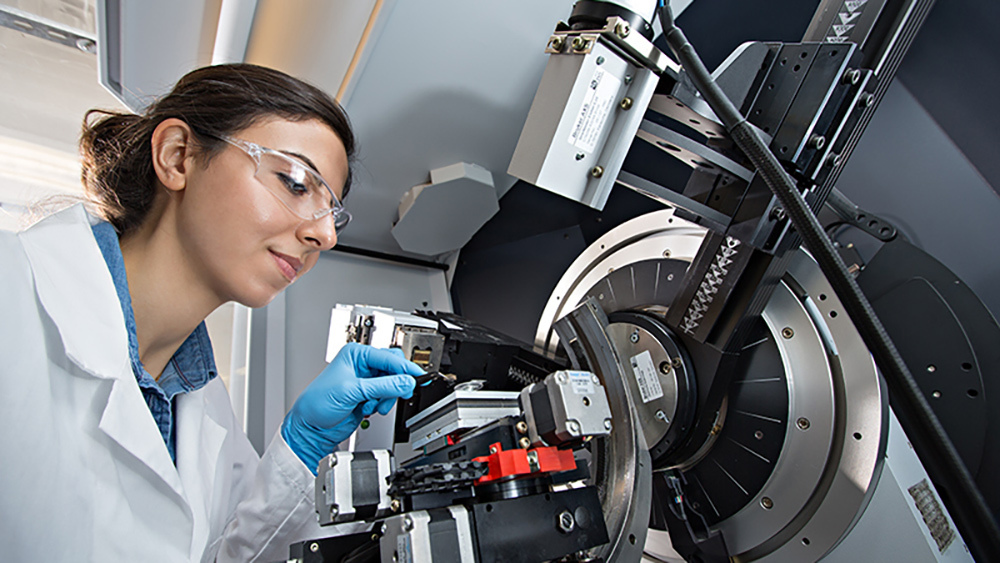New method can grow single crystals and control their orientation without expensive melt-processing technique

Researchers at Texas A&M University have developed a new method to grow single crystals and simultaneously control their growth orientation without melt processing.
Graduate student Hande Ozcan and Ibrahim Karaman, department head and Chevron Professor, Department of Materials Science and Engineering, recently published their discovery in the journal Acta Materialia.
The paper focuses on growing large single crystals and their ability to change their crystallographic orientation.
Crystallographic orientation describes the alignment of the crystals within a bulk specimen.
“We have been working on single crystals over the last three decades but growing the crystals with melt processing and controlling their orientations has been quite challenging,” Karaman said. “The method Hande discovered now saves us a lot of time and provides more flexibility. There is more to explore; that’s what makes us excited about this new method.”
According to the paper, controlling the size, shape and crystallographic orientation of single crystals is vital to exploit the desired properties. Ozcan said this method is important for applications that require materials with anisotropic properties.
“This mechanism allows these materials to change their orientation in solid-state without cumbersome and costly melt-processing techniques. This is important because these materials exhibit different properties when they have different crystallographic directions,” Ozcan said.
For the first time, Ozcan has seen crystallographic orientations can be changed at this large scale.
“This could fundamentally change how we look at single crystals and manipulate materials properties, because with solid-state methods, we can not only grow large single crystals very easily, but at the same time, we can now play with their crystallographic orientation,” Ozcan said.

